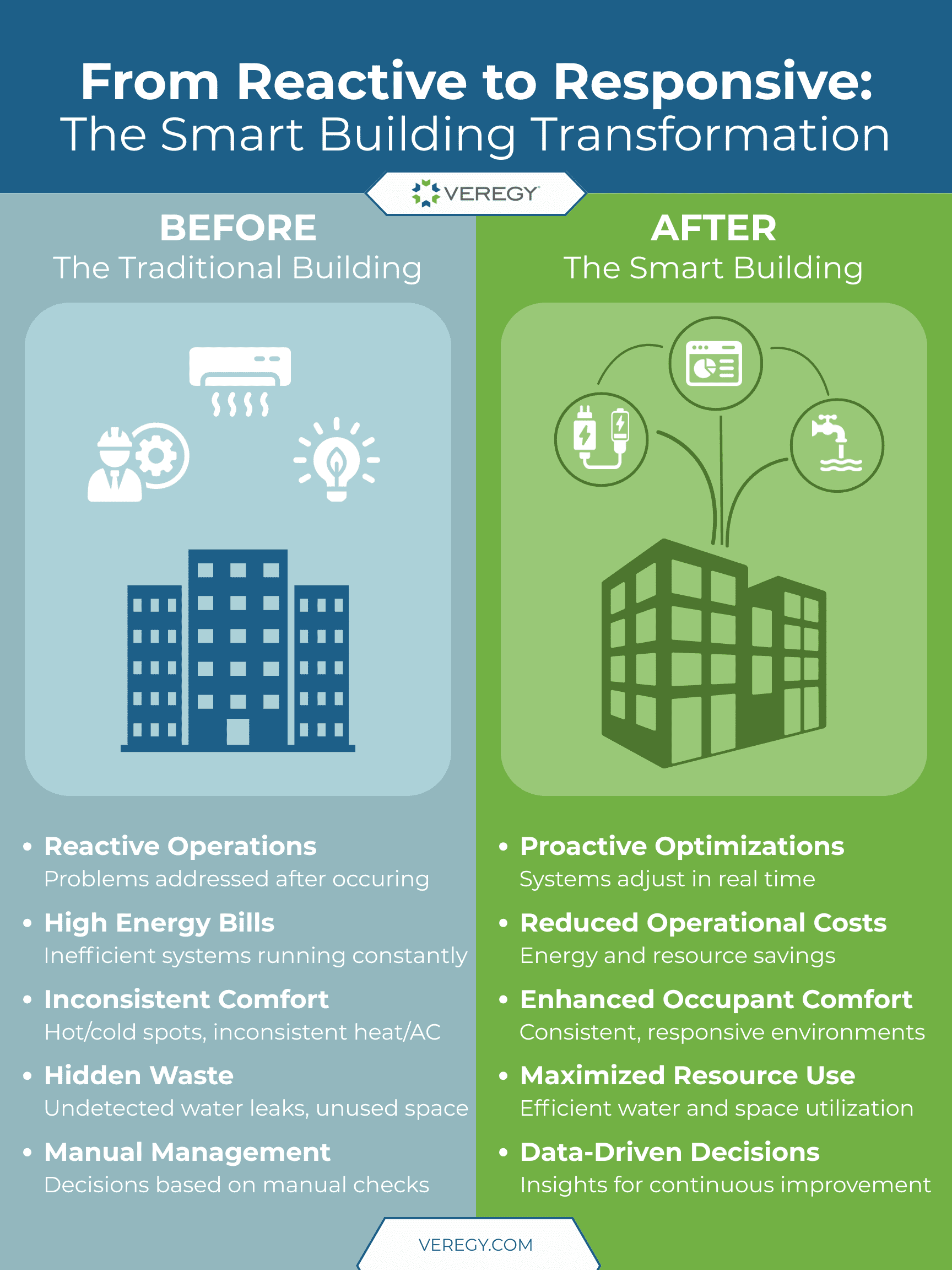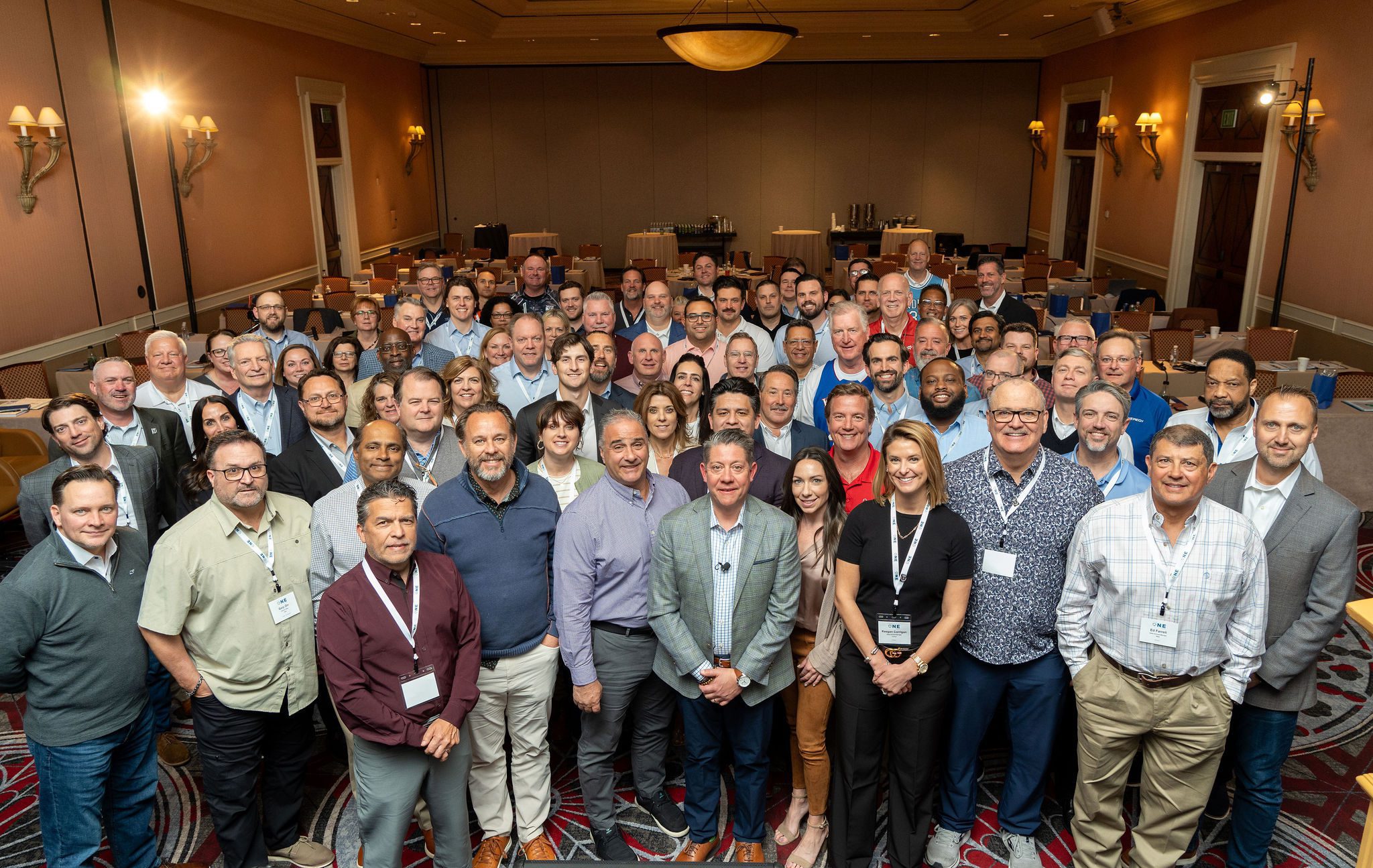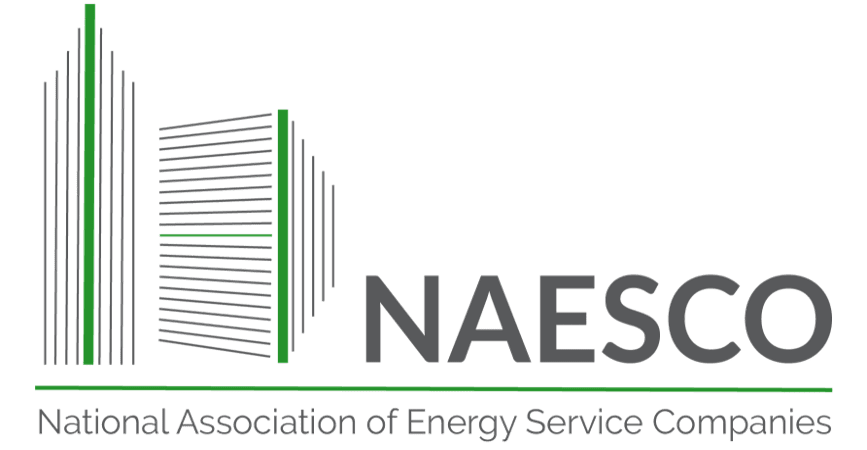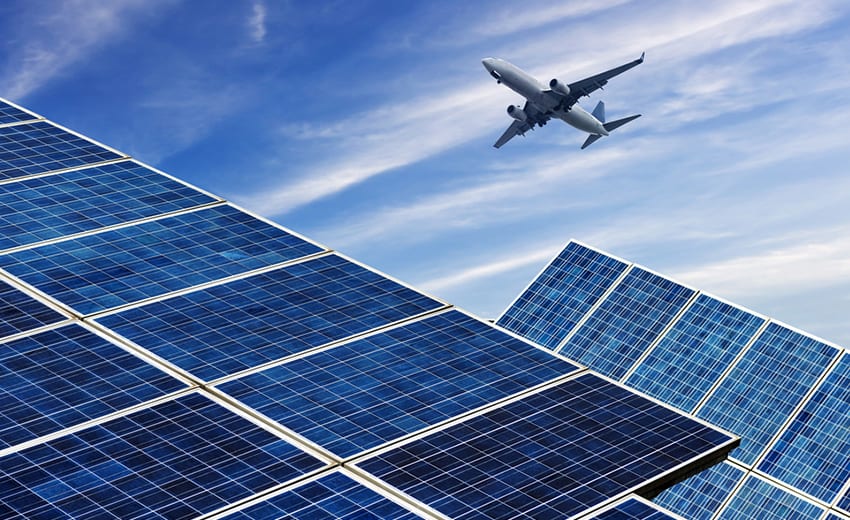In the public sector, the need to do more with less is a constant challenge. School districts face aging buildings and the need for modern learning environments, while state and local governments must balance essential public services with limited capital budgets. This is a reality across public facilities, from universities and airports to municipal buildings. Keeping these vital spaces comfortable and efficient can often feel like a battle against rising energy costs and deferred maintenance backlogs.
But what if the infrastructure of these public buildings could become an asset, not just a liability? That’s the promise of smart technology. This isn’t about futuristic gadgets; it’s about the practical integration of Internet of Things (IoT) sensors, data analytics, and intelligent automation into the core of a facility’s systems. By connecting and optimizing everything from HVAC and lighting to building controls and solar systems, smart technology creates a living, breathing ecosystem that constantly works to improve performance.
A Department of Energy (DOE) study forecasts that by 2030, grid-interactive efficient buildings could contribute to an estimated $18 billion in yearly power-system cost efficiencies and an 80-million-ton annual reduction in carbon emissions.
At its core, a smart building offers two fundamental benefits: enhanced efficiency and improved comfort. For public entities, this means significant reductions in operational costs and more productive environments for staff and the public. These upgrades can be made possible by partnering with an Energy Services Company (ESCO) that specializes in comprehensive solutions and understands the unique challenges of the public sector.

The Imperative for Smart Public Buildings
In the public sector, the conversation around new construction and facility management often revolves around a set of persistent challenges. From school campuses to government buildings, facility managers and community leaders are grappling with rising energy costs that strain already tight budgets. There’s also the constant need for the efficient allocation of resources. On top of this, there’s a growing demand from occupants for improved comfort and well-being, while maintenance teams are often stuck in a cycle of reactive repairs, leading to unplanned downtime and higher long-term costs.
These issues often stem from how traditional facilities have historically been managed. Conventional buildings, by their nature, tend to operate on a reactive model; systems function independently, decisions are often based on scheduled maintenance or past experience rather than real-time data, and problems are typically addressed only after they occur. Without immediate insights or centralized control, it can be challenging to fully understand a building’s performance or pinpoint its inefficiencies. This can lead to wasted energy, premature equipment failure, and environments that are neither optimally comfortable nor cost-effective.
The key to overcoming these challenges lies in a new, integrated model. Instead of viewing a building as a collection of separate systems, smart technology provides a way to integrate them into a single, cohesive unit. By connecting building systems and leveraging insights from the data they generate, you can proactively optimize your operations, reduce waste, and improve facility performance in ways traditional methods never could.
Enhancing Efficiency Through Smart Technology
For public facilities, the move to a smarter, more integrated building isn’t just a conceptual goal; it’s a practical strategy with measurable outcomes. By embedding intelligence at every level of a facility’s operations, we can unlock a level of efficiency and control that was previously unavailable.
Energy Optimization
The most immediate benefit of smart technology is its ability to turn a building into an energy-saving powerhouse. A smart building leverages AI-powered building management systems (BMS), sensors, and predictive analytics to control energy consumption in real-time. For example, a smart HVAC system can use occupancy data to cool only the rooms that are in use, while smart lighting can dim or shut off based on daylight levels and foot traffic. This dynamic control over core systems not only dramatically reduces operational costs but also helps public entities make significant progress toward sustainability goals and a smaller carbon footprint. The ability to guarantee these savings through performance-based contracts gives facility leaders a clear path to modernization.
Optimized Resource Utilization
Efficiency isn’t just about electricity; it extends to every resource a building consumes. Smart water meters can monitor usage patterns and detect leaks in real-time, preventing costly water waste. Occupancy sensors and data analytics provide valuable insights into how a building’s space is truly being used, which can inform future planning and resource allocation. Additionally, these integrated systems often allow for remote management, giving facility teams the visibility and control needed to monitor and adjust building systems from anywhere, at any time. By incorporating these digital services and facility improvements, a building can function with a new level of intelligence, ensuring every resource is used effectively.
Predictive Maintenance
One of the most significant costs for any facility is unexpected equipment failure. The traditional approach is reactive: waiting for a breakdown to occur before making a repair. Smart technology enables a proactive model through predictive maintenance. Sensors installed on critical equipment like boilers, chillers, and pumps continuously monitor their performance. When a sensor detects a minor anomaly, it triggers an alert, allowing a maintenance team to perform a repair before it escalates into a major failure. This approach not only lowers maintenance costs and extends the lifespan of expensive infrastructure but also minimizes the disruptions and downtime that can impact public services.
An Integrated Approach to Smart Public Buildings
Implementing smart technology in public facilities requires more than just installing new sensors; it demands a holistic, integrated approach that considers the entire lifecycle of a building. From the initial concept to decades of operation, a successful smart building strategy involves careful planning, expert execution, and ongoing support.
Comprehensive Solutions
Transforming public buildings into smart, efficient assets begins with a thorough understanding of existing infrastructure and future goals. This typically involves an initial energy audit and detailed design, followed by expert construction and modernization. But the work doesn’t stop there. True long-term efficiency is achieved through continuous monitoring and proactive, ongoing maintenance. This end-to-end approach ensures that every phase, from initial assessment to sustained performance, is managed cohesively.
Tailored Strategies
Every public facility is unique, with its own set of challenges, priorities, and existing infrastructure. A cookie-cutter solution simply won’t deliver optimal results. Instead, effective smart building implementation relies on developing customized strategies. This means taking the time to understand a client’s specific needs, energy consumption patterns, operational goals, and budgetary considerations to craft a solution that truly fits. It’s about finding the right mix of technologies and services that will yield the greatest impact for that facility.
The Power of Open-Protocol Systems and Vendor Neutrality
As public buildings evolve, their underlying technology must, too. A critical consideration for long-term flexibility and cost-effectiveness is choosing scalable, vendor-neutral, and open-protocol building automation systems and equipment. Relying on proprietary systems from a single manufacturer can lead to “vendor lock-in,” limiting future choices for upgrades, maintenance, and expansion. This can result in higher costs, reduced compatibility with new technologies, and a lack of competitive options in the future.
An approach that prioritizes open protocols ensures that different systems and components can communicate seamlessly, regardless of their manufacturer. This freedom allows facilities to choose the most cost-effective equipment that meets their specific needs and adapt their systems as technology advances or priorities shift. This flexibility is essential for future-proofing infrastructure and securing the best possible value for public investment.
Financing Expertise
One of the most common hurdles for public entities considering major infrastructure upgrades is securing the necessary funding. Fortunately, innovative financing mechanisms can make these projects financially viable, often without requiring upfront capital. Energy performance contracts, for instance, allow the cost of improvements to be paid for by the guaranteed energy savings generated by the project. Additionally, understanding and leveraging available funding opportunities, such as those provided by the Inflation Reduction Act (IRA), can significantly reduce the financial burden and accelerate the implementation of smart technologies.
Commitment to the Community
Beyond the direct benefits to the buildings themselves, commitment to local economic development is an integral part of these modernization efforts. Prioritizing local hiring and purchasing ensures that investment in smart technology creates broader positive impacts, fostering job growth and economic vitality within the communities served by these public facilities.
What’s more, smart building technology generates measurable data that can be used for powerful community engagement. Imagine students in STEM classes using real-time data on their school’s energy consumption or renewable energy generation for hands-on learning projects. Or consider community members being able to view public dashboards that showcase their local facilities’ performance, offering transparency and demonstrating how their tax dollars are being used efficiently by local leaders. It’s about building a better future, both inside and outside the walls of the facility, by making the impact of efficiency visible and engaging.
The Future is Now
The challenges facing public sector facilities, from escalating energy costs to the demand for more comfortable and efficient spaces, are significant, but the solutions are within reach. Smart technology offers immense value, delivering top-notch efficiency, improved occupant comfort, and long-term sustainability. It transforms buildings from structures into dynamic, responsive environments that actively contribute to operational savings and enhanced functionality.
Investing in smart building technology isn’t just about addressing today’s problems; it’s about future-proofing public infrastructure. Smart systems provide the flexibility and data you need to adjust to new demands, maximize performance for decades, and keep public facilities serving communities for years to come.
To learn more about how integrated smart building solutions can transform your facilities, we encourage you to:
- Explore further resources on our website, where you’ll find detailed information on specific technologies and successful project outcomes.
- Connect with our experts for a personalized consultation or to schedule an energy audit tailored to your facility’s unique needs.
At Veregy, we are committed to partnering with public entities to build a more efficient, comfortable, and sustainable future for communities nationwide.






